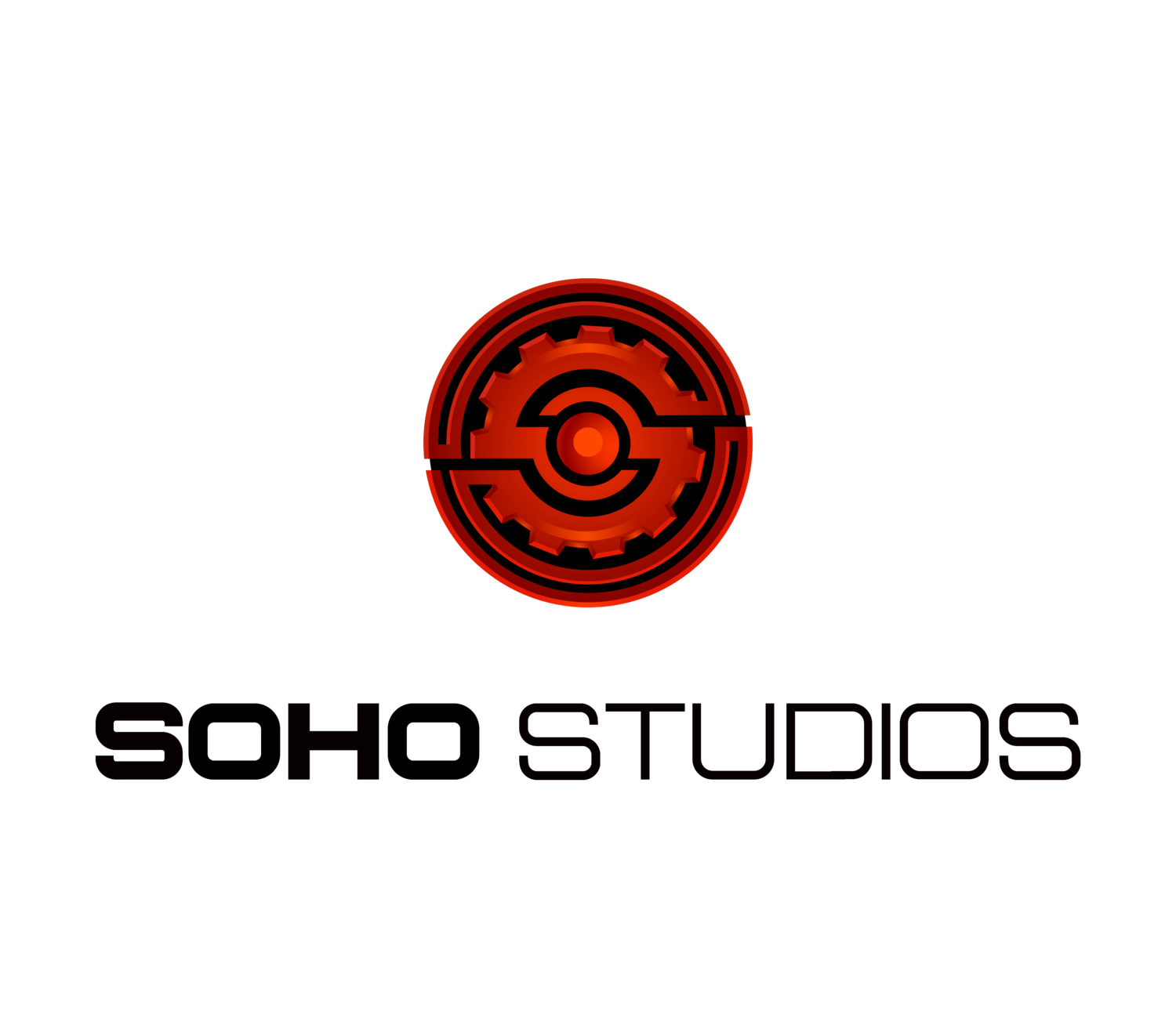One of the latest trends in experiential marketing are pop-up shops. But they're not merely a fad. Rather they're one of the most effective ways to promote brands. Here's a few examples of how companies have used pop-up shops to create effective experiential marketing campaigns, as well as the advantages of how these events can help individual businesses.
Why Give it Away, When People Will Pay
When Organic Valley sought to create an event to let consumers know more about their organic half and half cream, the choice to serve coffee seemed obvious, as nothing goes better with half and half than coffee. But while coffee shops across the country give away the half and half, they do charge for the coffee. So they planned a twist, they would charge visitors $2 for the half and half, and give the coffee away for free. While if anyone asked, they'd have gladly given samples of the half and half, no one complained at the $2 charge. Instead, they were too busy enjoying themselves at the two day pop-up cafe in NYC's Nolita neighborhood, which included hosting by food stylist and writer Sweet Paul, and included talks from organic farmer Gerrit van Tol about organic farming and cows.
Advantages
Pop-up shops aren't so much about turning a profit as they are about creating brand awareness and education. But while giving samples can be great marketing, charging for a product at a pop-up sends the message that not only is your item worth paying for, it links the buying of the item with a fun experience. When you give a sample, you reach a potential customer who may choose to buy your product down the road, but when a person pays for your product at a fun event, you've just gotten a new customer, one who has positive associations with your brand from the point of sale.
Changing Perceptions
Women feeling ashamed of their monthly periods is becoming a thing of the past, and who better to take notice than U by Kotex. Inspired by a NYC college student's blog post, U by Kotex chose to launch their Period Project Campaign with The Period Shop for three days on New York's Fifth Avenue. Selling home goods, accessories and beauty products by female artisans, and of course U by Kotex products, the shop also had a truth booth featuring women talking about their period. The hip shop was the perfect place to reach the target audience of savvy young women, but U by Kotex loved the broad appeal of the shop and its contribution to making everyone comfortable with the topic of a women's period.
For Chobani, the largest seller of Greek yogurt in the United States, expanding their customer base isn't about competing against other brands so much as it is about changing the habits of their customers. Europeans eat a much larger volume of yogurt annually than Americans, and yogurt is a regular part of all three meals, while Americans limit their yogurt consumption to breakfast. By introducing Americans to all the possibilities in creating savory yogurt dishes, Chobani is confident it can expand much further than its already impressive growth. There's really no better way to do that than experiential marketing, which Chobani knows well; in addition to a permanent NYC flagship café, the company hosts events 52 weeks out of the year. Getting people to try yogurt in entirely new ways is the surest way to grow the company, and pop-up shops are an integral part of Chobani's marketing plan.
Advantages
Getting people to change their perceptions and habits is hard work for any brand, and it's definitely best done using a "show don't tell" model. Allowing consumers to experience these different ways of doing things first-hand in the fun environment of a pop-up shop is the surest way to achieve success.
Capitalizing on Place
Boohoo.com, a major online fashion retailer in the UK, chose to host a two week pop-up shop in Los Angeles' trendy Westwood neighborhood. With a music festival theme and a location close to UCLA which represents its female college student target demographic, the choice of location served two purposes. It helped expand into a new market as Boohoo.com seeks to have a larger presence amongst American buyers, and it did so strategically, as the brand is highly influenced by Southern California style, and felt there was no better place to begin its expansion to the US. What is more, by being in Westwood and using a west coast music festival theme, the brand was able to capitalize on these things for marketing far beyond the pop-up. In using social media and broadcasting the event to their followers, the brand becomes associated with the hip neighborhood and an authentic West Coast vibe.
Advantages
By strategically using place, brands are able to connect with consumers on the most intimate level, from inside the communities where they live. Additionally, companies can use the associations of a place, whether it be a hip neighborhood or one that will best resonate with their target audience, to create a stronger brand. Our event spaces, at the heart of Miami's Arts District, are the perfect place for hosting any kind of pop-up shop. Give us a call to learn more about how your brand can most benefit from a pop-up shop.


